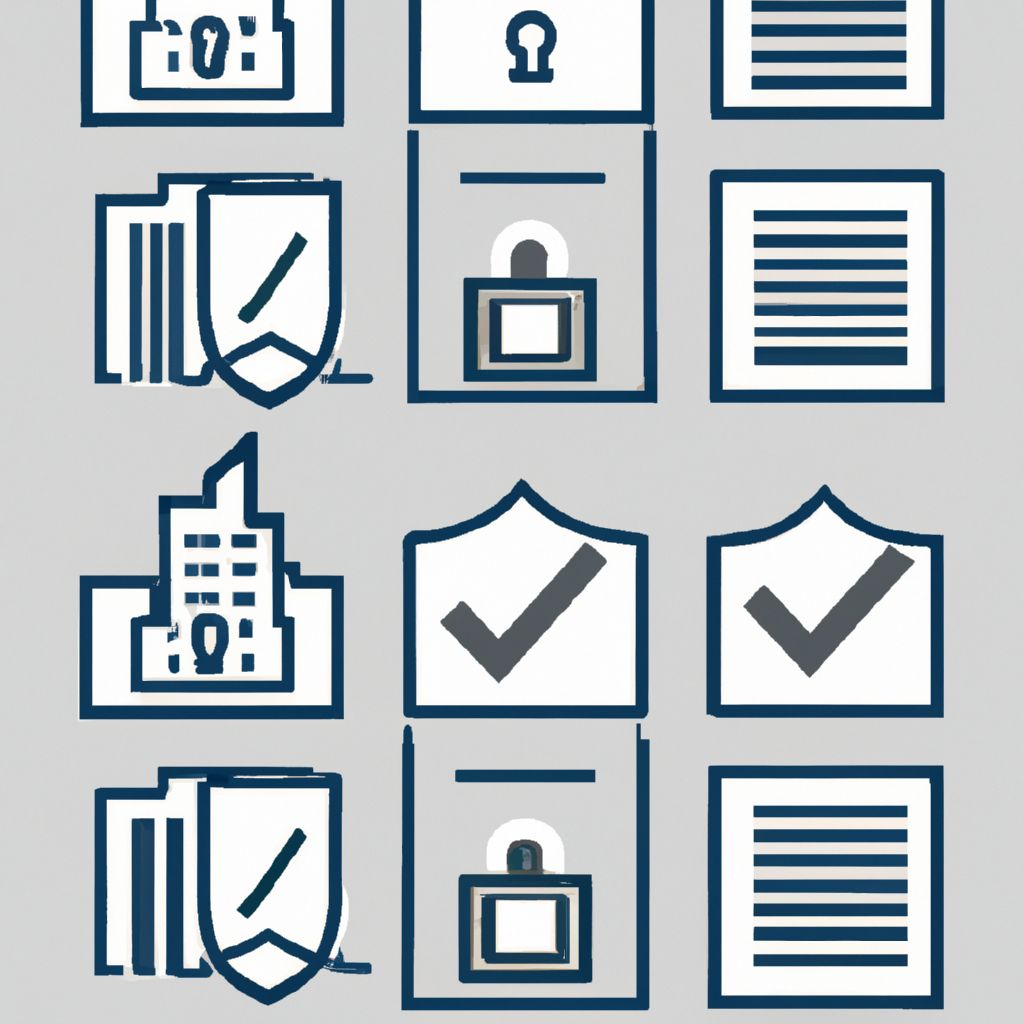Boosting Security Doesn't Have to Break the Bank (or Your Schedule)
For small and medium-sized businesses (SMBs), cybersecurity can often feel like a daunting task, reserved for large corporations with dedicated teams and hefty budgets. However, the reality is that significant security improvements can be achieved with relatively minimal effort and cost. Attackers often rely on finding the easiest targets, and implementing foundational security controls can make your business a much less attractive one.
This post focuses on practical, high-impact security measures that any company, regardless of size or technical expertise, can implement to strengthen its defenses without requiring massive investments.
1. Enable Multi-Factor Authentication (MFA) Everywhere Possible
What it is: MFA (also known as Two-Factor Authentication or 2FA) requires users to provide two or more verification factors to gain access to an account, like a password plus a code sent to their phone.
Why it matters: Stolen passwords are a primary way attackers gain unauthorized access. MFA provides a critical second layer of defense, making it significantly harder for attackers even if they have a user's password.
Minimal Effort Implementation:
- Enable MFA on all critical accounts: email (especially admin accounts), financial services, cloud storage, VPNs, and core business applications.
- Most major platforms (Microsoft 365, Google Workspace, banking portals) offer built-in MFA options, often for free. Choose app-based authenticators (like Google Authenticator, Microsoft Authenticator, Authy) or hardware tokens over SMS where possible, as SMS can be less secure.
- Communicate the importance to employees and provide simple instructions for setup.
2. Enforce Stronger Password Policies & Discourage Reuse
What it is: Implementing rules for password complexity (length, character types) and preventing users from reusing the same password across multiple services.
Why it matters: Weak or reused passwords are easy targets for brute-force attacks or credential stuffing (where attackers try stolen passwords from one service on others).
Minimal Effort Implementation:
- Configure built-in password policy settings in your operating systems (Windows, macOS) and key applications (like Microsoft 365 or Google Workspace). Aim for a minimum length (e.g., 12-15 characters) and complexity requirements.
- Educate users on why password reuse is dangerous and encourage the use of password managers (many reputable free or low-cost options exist) to generate and store unique, strong passwords.
- Avoid mandatory password expiration periods unless required for compliance, as this often leads to predictable password changes. Focus on MFA and detecting compromised credentials instead.
3. Keep Software and Systems Up-to-Date (Patching)
What it is: Regularly applying updates (patches) provided by software vendors for operating systems, browsers, applications, and firmware.
Why it matters: Patches fix known security vulnerabilities that attackers actively exploit. Unpatched systems are low-hanging fruit.
Minimal Effort Implementation:
- Enable automatic updates wherever possible, especially for operating systems (Windows, macOS) and web browsers.
- For critical business applications or servers where automatic updates aren't feasible, establish a simple schedule (e.g., monthly) to check for and apply updates during low-impact times.
- Prioritize patches for critical vulnerabilities, especially those affecting internet-facing systems. Vendor security bulletins often highlight severity.
4. Foster Phishing Awareness Through Simple Training
What it is: Educating employees to recognize and report suspicious emails, messages, or calls designed to trick them into revealing sensitive information or installing malware.
Why it matters: Phishing is one of the most common attack vectors. An aware user is a powerful line of defense.
Minimal Effort Implementation:
- Conduct brief, regular awareness sessions (even 15-30 minutes quarterly). Use real-world examples.
- Share simple tips: scrutinize sender addresses, hover over links before clicking, be wary of urgent requests for sensitive data or payments, and establish a clear process for reporting suspicious messages (e.g., forwarding to a specific internal contact or IT support).
- Utilize free resources from organizations like CISA (Cybersecurity & Infrastructure Security Agency) or the SANS Institute.
5. Implement and Test Secure Backups
What it is: Regularly creating copies of critical business data and storing them securely, separate from the primary network. Crucially, this includes testing the restore process.
Why it matters: Backups are essential for recovery from hardware failure, accidental deletion, and, critically, ransomware attacks.
Minimal Effort Implementation:
- Utilize cloud backup services (many integrate with Microsoft 365, Google Workspace, or offer standalone SMB plans) or reliable external hard drives/NAS devices.
- Follow the 3-2-1 rule: 3 copies of data, on 2 different media types, with 1 copy offsite (cloud storage counts as offsite).
- Automate backups as much as possible.
- Periodically (e.g., quarterly or semi-annually) test restoring a few files or a system to ensure the backups are working correctly. A backup you can't restore is useless.
6. Basic Endpoint Security
What it is: Ensuring basic security software is running on all computers (endpoints) that access company data.
Why it matters: Protects individual machines from malware and other threats.
Minimal Effort Implementation:
- Ensure built-in antivirus/anti-malware (like Windows Defender) is enabled and updated on all workstations. For many SMBs, modern built-in tools are sufficient.
- Ensure firewalls are enabled on operating systems.
- Configure basic screen lock policies (e.g., lock after 15 minutes of inactivity).
Conclusion: Foundational Security is Achievable
Improving your company's security posture doesn't require a complete overhaul or a massive budget. By focusing on these foundational, often low-cost or built-in controls – MFA, strong passwords, patching, user awareness, backups, and basic endpoint protection – you can significantly reduce your risk profile with minimal operational disruption. Consistency is key; make these practices part of your regular routine to build a more resilient business.
Disclaimer: This post represents the view of the individual author that wrote it and not necessarily the view of Rarefied Inc.
Looking for professional security testing?
Based on your interest in this topic, you might benefit from our specialized security services:
